Dinner

One-Pan Honey Garlic Salmon Bites Easy and Tasty Meal
Craving a quick and tasty dinner? These One-Pan Honey Garlic Salmon Bites are here to save the day! This simple recipe combines fresh salmon with

Million Dollar Chicken Casserole Easy Family Meal
Looking for a quick and tasty family meal? The Million Dollar Chicken Casserole is your answer! This dish combines creamy flavors, tender chicken, and a

One Skillet Creamy Tuscan Gnocchi Delightful Dish
Craving an easy and tasty meal? Look no further than this One Skillet Creamy Tuscan Gnocchi! In just one skillet, you can whip up a

Viral TikTok Baked Feta Tomato Pasta Recipe Delight
Are you ready to uncover the secret behind the Viral TikTok Baked Feta Tomato Pasta that has swept social media? This dish combines creamy feta,
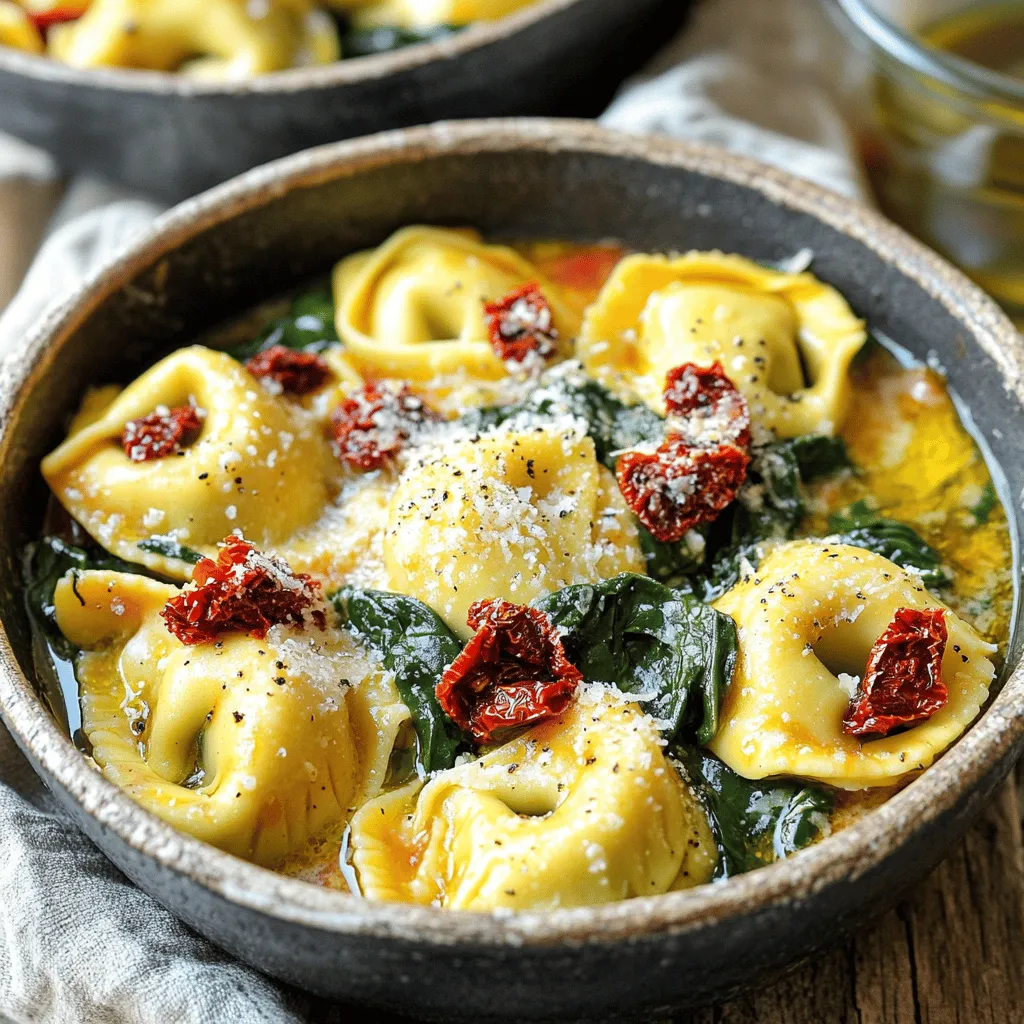
Sun Dried Tomato Spinach Tortellini Skillet Delight
Are you ready to elevate your dinner game? My Sun Dried Tomato Spinach Tortellini Skillet Delight is quick, easy, and bursting with flavor. This one-pan
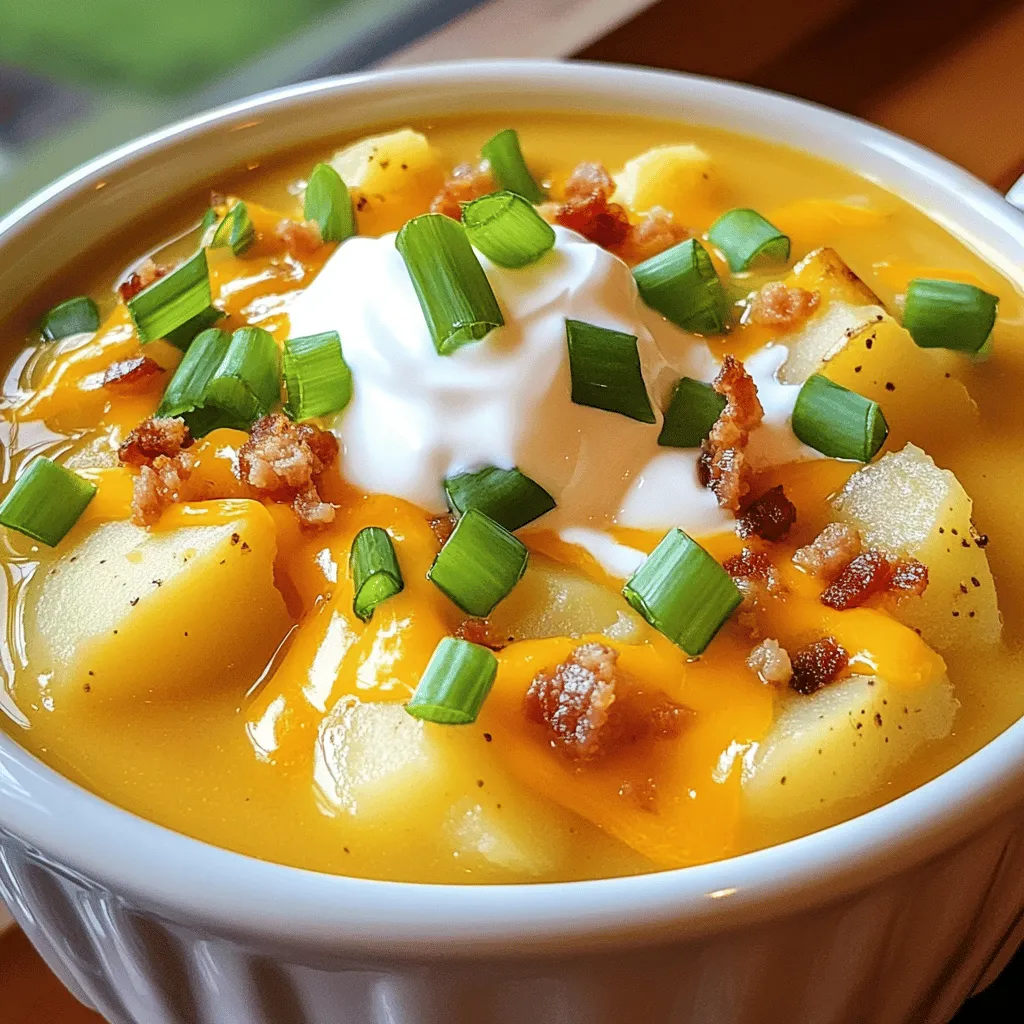
Slow Cooker Loaded Baked Potato Soup Rich and Creamy
Craving a warm, hearty dish? Let me introduce you to my Slow Cooker Loaded Baked Potato Soup. This rich and creamy delight is perfect for
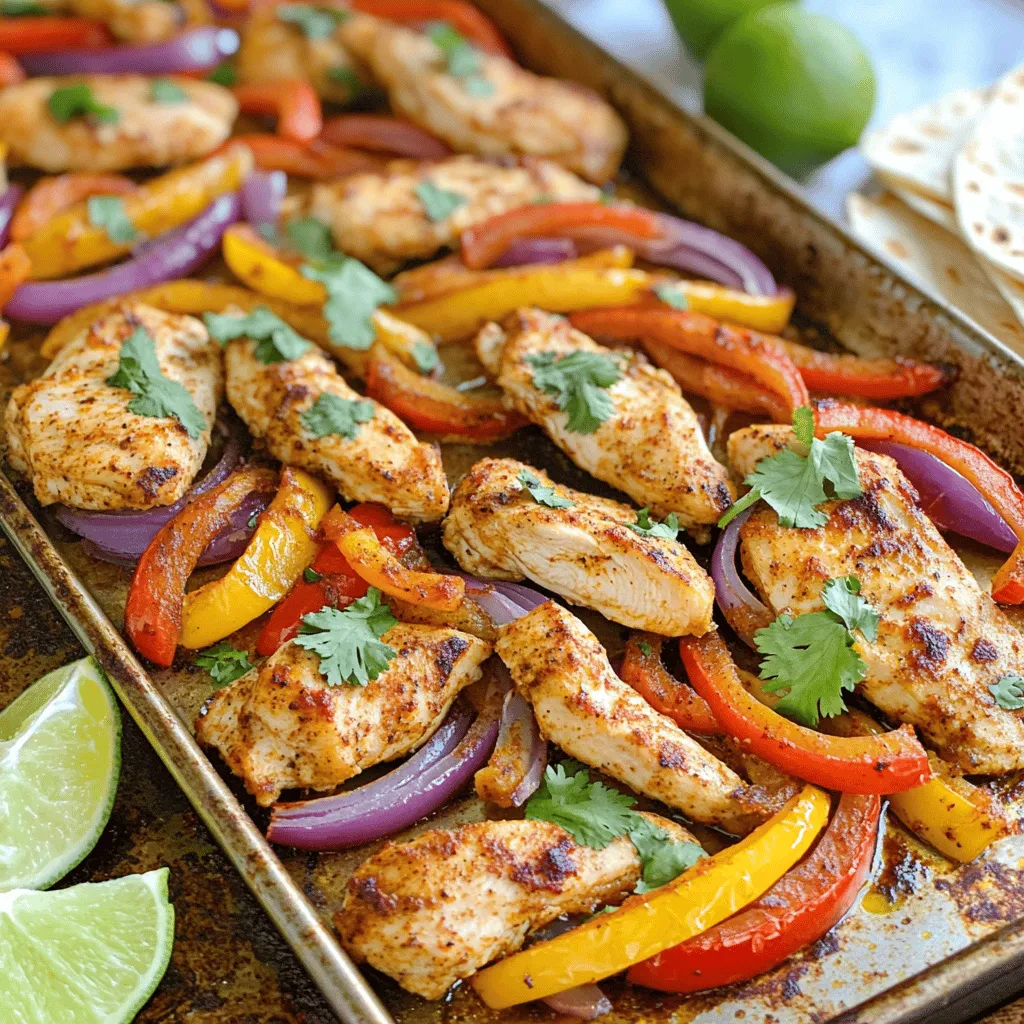
Crispy Chicken Fajita Sheet Pan Easy Weeknight Meal
Are you looking for a quick, tasty dinner? My Crispy Chicken Fajita Sheet Pan recipe is the answer. It’s packed with flavor and takes just
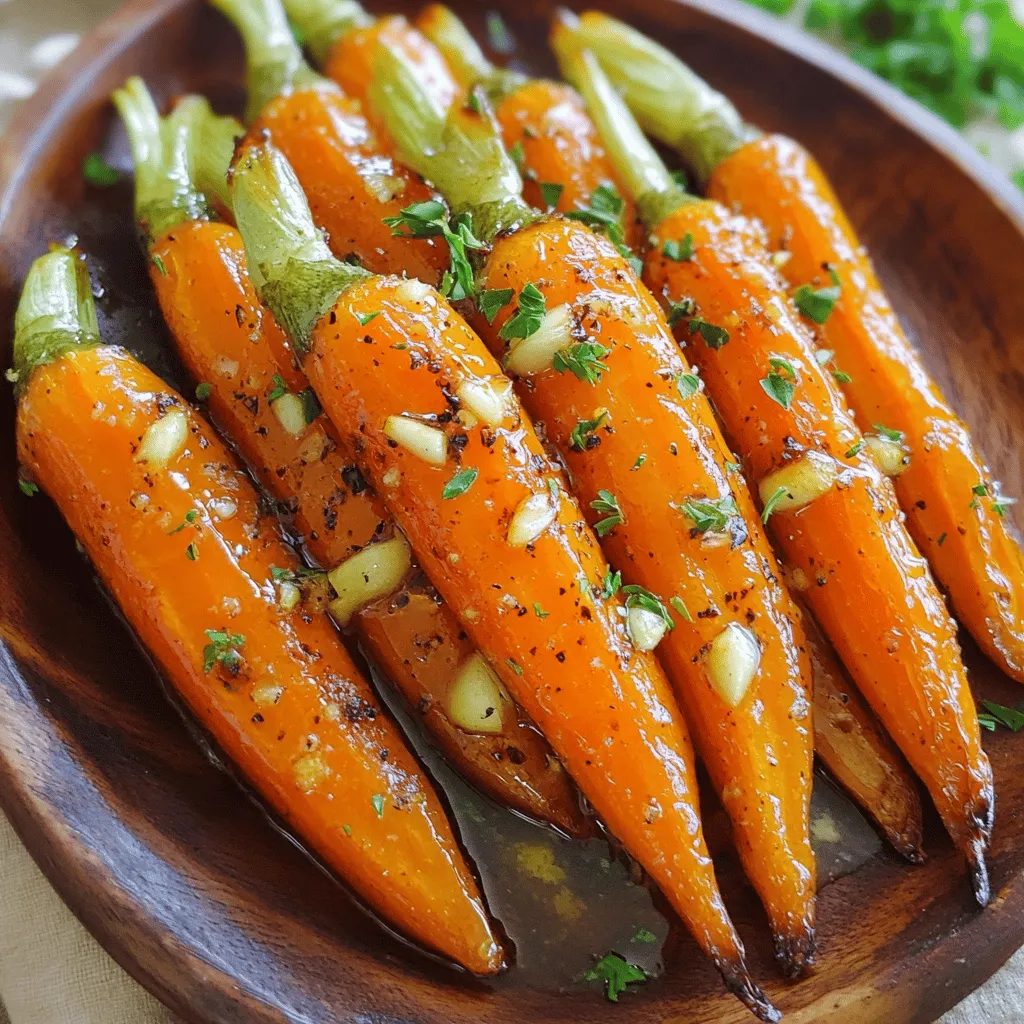
Honey Garlic Butter Roasted Carrots Simple Delight
Welcome to a tasty journey with Honey Garlic Butter Roasted Carrots! This dish is a simple delight, packing sweet and savory flavors into a bright
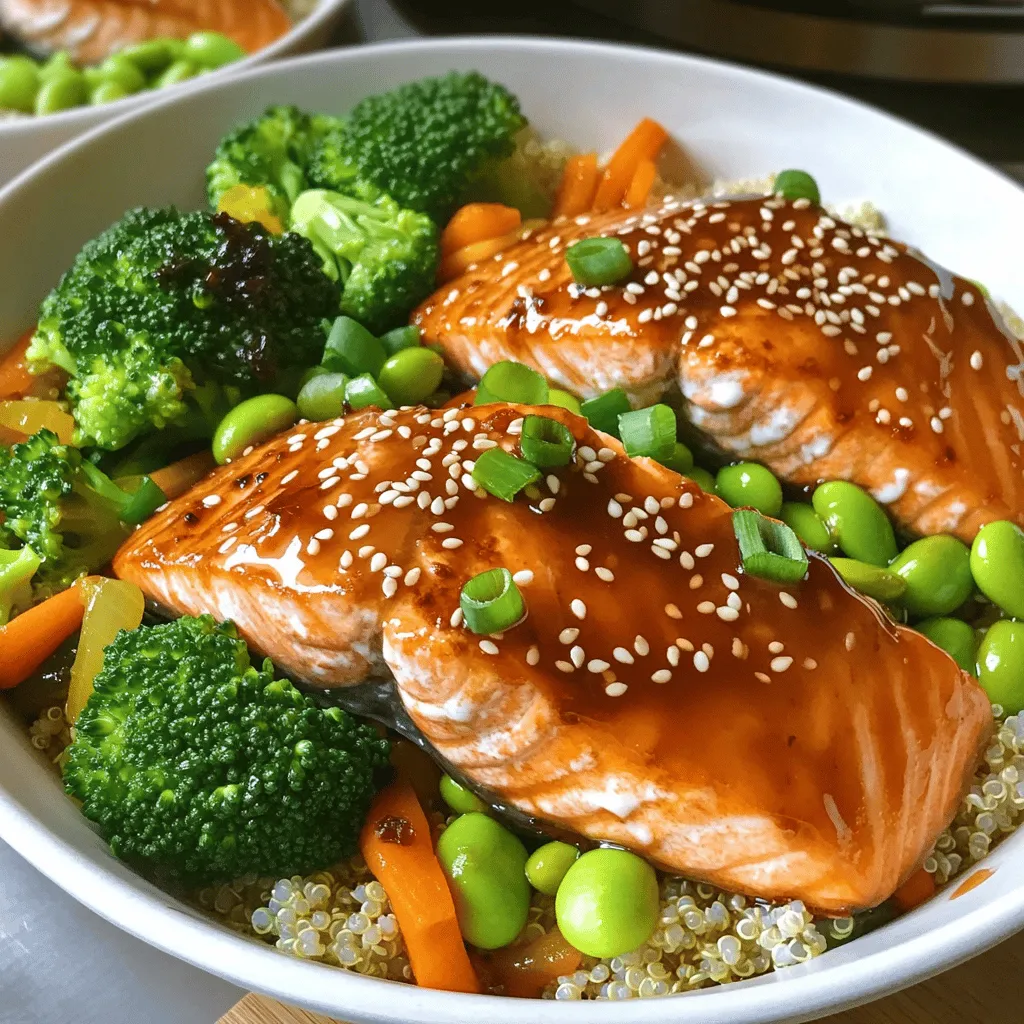
Teriyaki Glazed Salmon Bowls Easy and Healthy Meal
Craving a quick, tasty meal? Try my Teriyaki Glazed Salmon Bowls! This dish is easy to make and packed with flavor. With tender salmon glazed
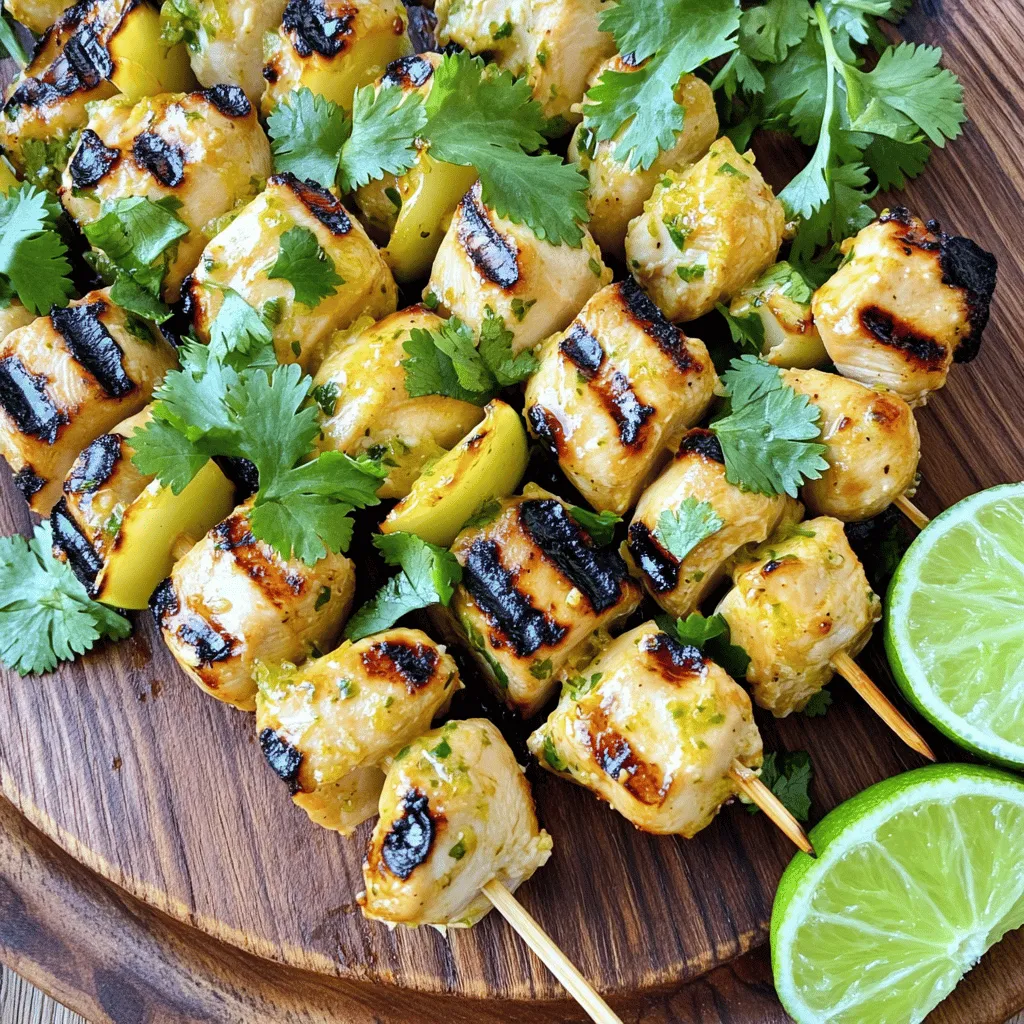
Coconut Lime Chicken Skewers Flavorful and Easy Recipe
Get ready to elevate your grilling game with my Coconut Lime Chicken Skewers! This easy recipe bursts with bright flavors, perfect for any summer gathering